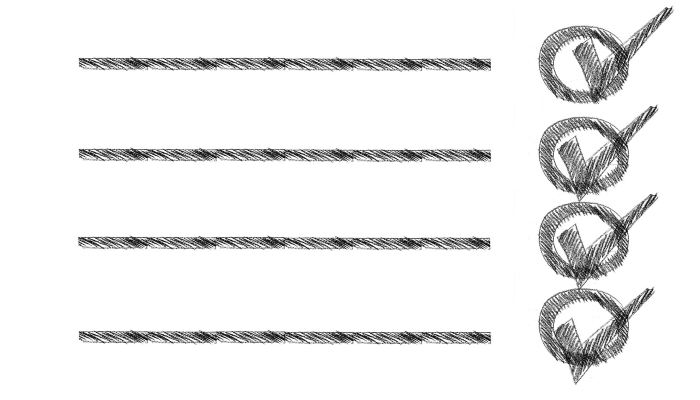A workplace inspection checklist is a tool used to identify and evaluate potential hazards in the workplace. It typically includes a list of items to be inspected, as well as a series of questions or prompts to guide the inspection process. But how do you know that your workplace inspection checklist is effective at mitigating potential risks and harm to both employers and employees?
Common Components of Effective Inspection Checklists
Some common features of a workplace inspection checklist are:
- Specific areas or items to be inspected, such as electrical panels, exit routes, or personal protective equipment (PPE).
- Questions or prompts to help the inspector identify and evaluate potential hazards, such as "Are all electrical cords in good repair and free of damage?" or "Are exit routes clearly marked and unobstructed?"
- Section(s) for recording observations and identifying corrective actions, such as identifying hazards that need to be addressed, or noting any safety equipment that needs to be replaced.
- Area or section for documenting the results of the inspection, including any hazards identified and any corrective actions taken.
- Resources or references, such as safety regulations or industry standards, that can be used to help identify and address potential hazards.
Tips on Evaluating the Effectiveness of a Workplace Inspection Checklist
- Review the results of the inspections - Look at the data collected during the inspections to see if the checklist is identifying potential hazards and issues that need to be addressed. If you’re not finding any potential safety issues, do not become complacent and think that you can lessen the frequency of your inspections. Remember that the potential hazards can increase over time, as seen in aging equipment or employees that begin to take shortcuts in processes and procedures.
- Determine if corrective actions are being taken - If hazards are being identified but not corrected, it may indicate that the checklist is not effective. Remember that inspections are only a component of a comprehensive safety program. Inspectors can conduct the inspections, but leadership also has to be proactive about corrective actions and decision-making.
- Assess the rate of accidents and incidents - If the number of accidents and incidents decreases after implementing a workplace inspection checklist, it may be an indication that the checklist is effective. Therefore, gathering reports on accidents and incidents is also important as it allows you to compare historical data and determine whether there’s an improvement.
- Seek feedback from employees - Ask employees if they feel that the inspections are identifying potential hazards and if corrective actions are being taken in a timely manner. Asking workers for their feedback also helps strengthen a safety culture within the organization.
- Review the checklist periodically - Make sure the checklist is up-to-date and covers all relevant areas of the workplace. Many things in the workplace can change over time; there may be new equipment or new processes. There may even be new legislation enforcing specific safety protocols. When there are significant changes, your current checklists may no longer be as effective and you will need to make adjustments.











